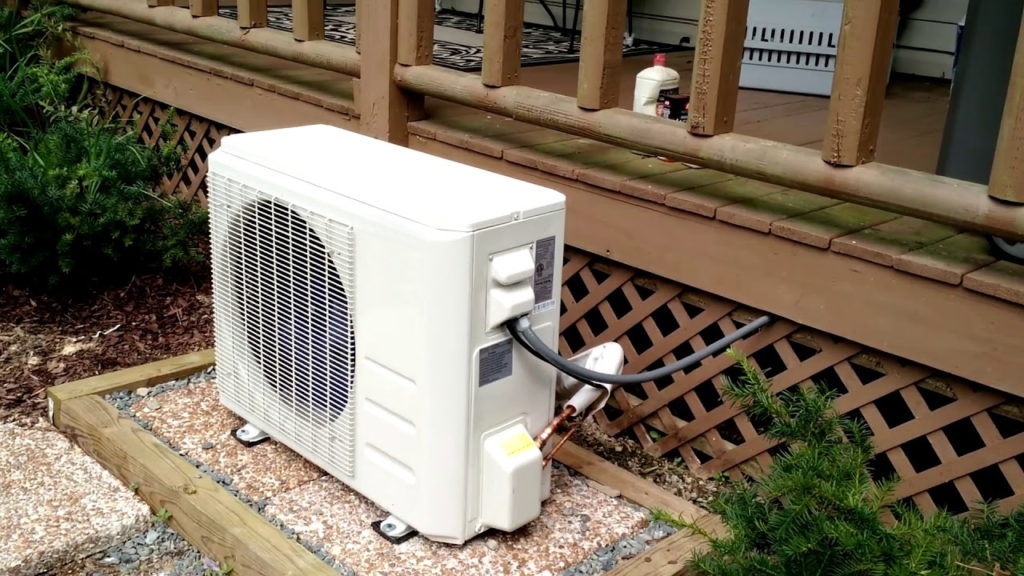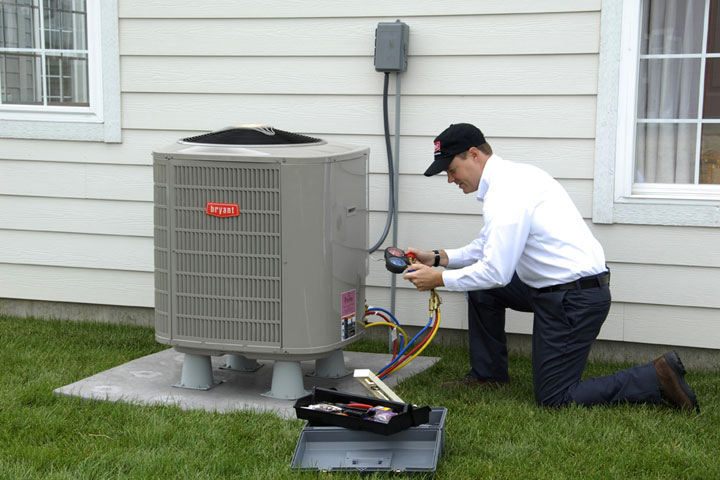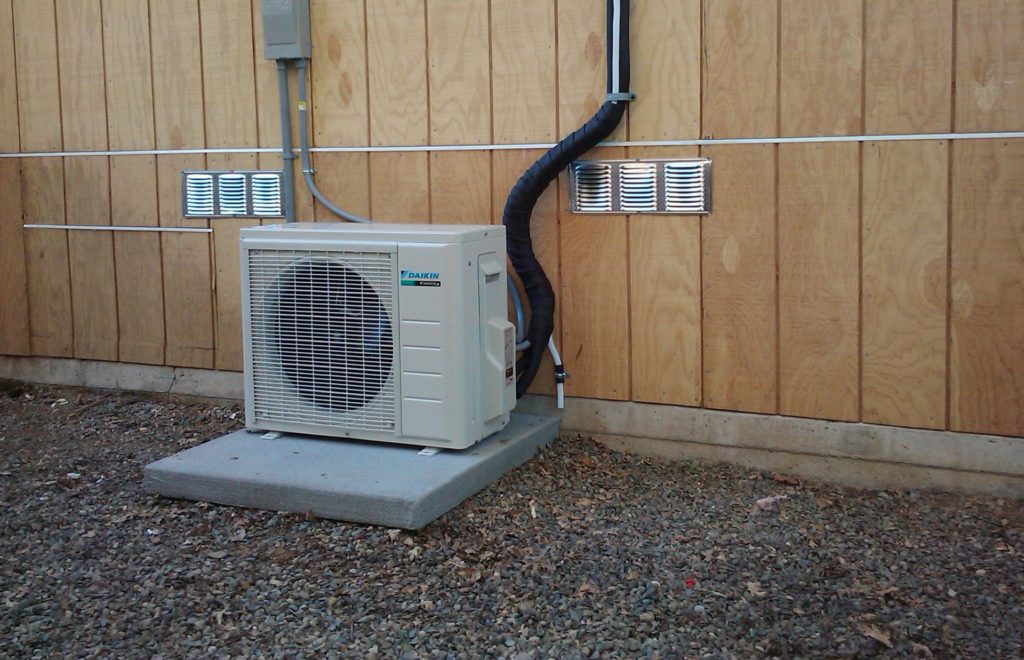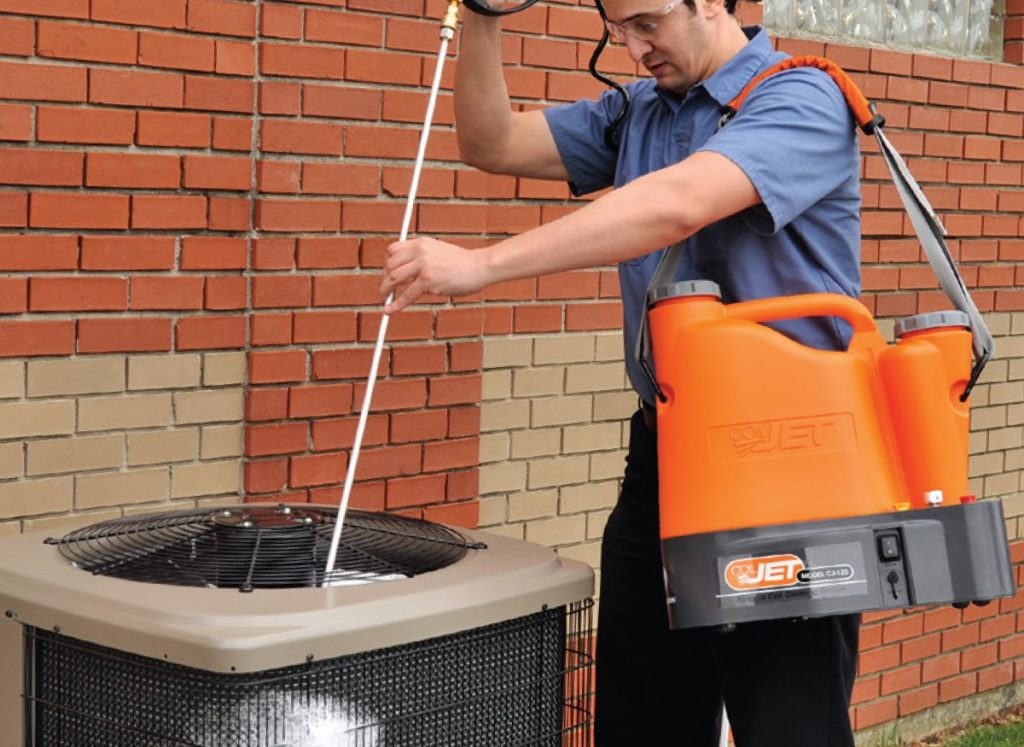

Heating and cooling is crucial to our home comfort. In fact, according to the U.S Energy Information Administration Trusted Source Use of energy explained - EIA U.S. households need energy to power numerous home devices and equipment, but on average, more than half (51% in 2015) of a household’s annual energy consumption is for just two energy end uses: space heating and air conditioning. These mostly seasonal and energy-intensive uses vary significantly by geographic location, home size and structure, and equipment and fuels used. www.eia.gov , it accounts for over half of domestic energy bills. However, if you’ve just purchased a home, you may not know whether you have a heat pump or air conditioner unit. On the surface, both types of system look the same, which can leave you wondering, how do I know if I have a heat pump?
While there are operational differences between air conditioners and heat pumps, the units look quite similar. So, you’ll need to go through several steps to evaluate your system and determine what type you have.
In this article, we’ll explore heat pump technology and the methods you can use to determine if you have one in your home.
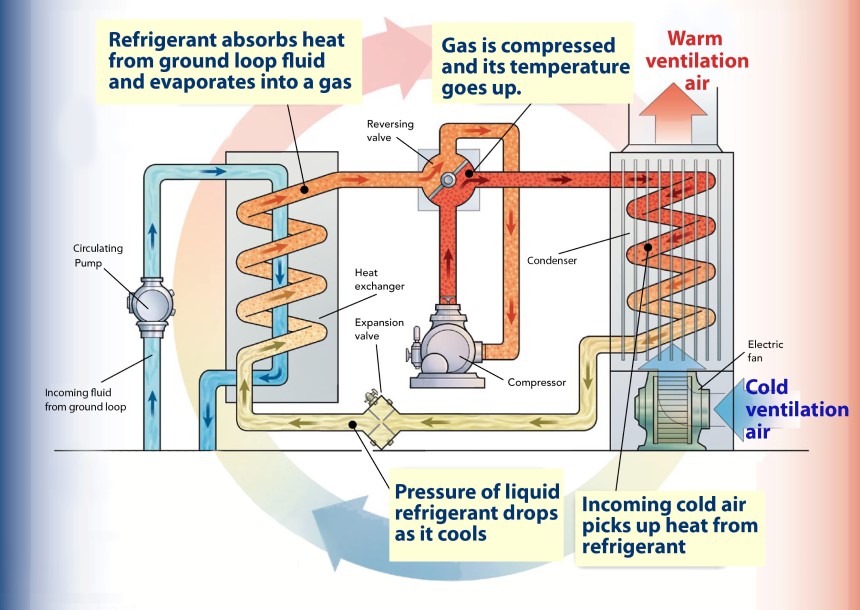
In cooler temperatures, the heat pump pulls heat from the outside air and transfers it indoors. This process operates in reverse in the warmer temperatures. Heat pumps use refrigerant to transfer heat and require electricity to operate.
The heat pump redistributes heat from the air and circulates it between an outdoor compressor and indoor fan coil through the refrigerant. It is also possible to add electric heat strips to the indoor fan coil to boost the heating capabilities.
When cooling, the heat pump absorbs the heat from inside your home, releasing it outdoors.
There are two common types of heat pump; ground source and air source. Ground source or geothermal pumps are more expensive to install, but they typically have lower operating costs and are more efficient. This is because there is a more consistent temperature in the ground throughout the year. Air source pumps are typically cheaper and more popular for residential applications.
So, now you understand the fundamentals of heat pumps, you can answer the question, how do i know if i have a heat pump or forced air? While in the heat pump vs furnace comparison, both types have their own advantages and disadvantages, but you first need to determine which is in your home.
Of course, the only foolproof way to determine if you have a heat pump or AC is to have your system checked by a professional. But, there are some simple ways you can check without needing to call in a pro.
Look around your home and you’ll see that every appliance, electrical item or device has some form of label that details the model number. Your heating and cooling equipment is no different. The manufacturer label will provide a serial number and ofen a model number. Heat pumps often have a model number prefixed with an HP, but this is not always the case.
So, the easiest way to check your system is to Google the manufacturer and model number. Enter the details into the Google search engine and you should see product details and maybe even PDFs of the manual come up in the results.
In addition to the basic manufacturer label, you should find an energy label. This is a bright yellow label that is usually on the indoor air handler or on the outside unit. Since heat pumps are designed to provide both heating and cooling, they are rated accordingly. So, if you see a SEER (Seasonal Energy Efficiency Ratio) and HSPF (Heating Seasonal Performance Factor) you have a heat pump.
 Turn on the heat at your thermostat and check outside
Turn on the heat at your thermostat and check outsideIf you’re struggling to find the labels on your equipment, but it is operating correctly, you can use this to check if you have a heat pump. Simply turn on the heat using your thermostat, once you feel hot air from your vents, walk outside your home and check if the outdoor unit is running.
A heat pump can both cool and heat your home, so if the outdoor unit is running and the system is producing heat, it is a heat pump.
If all the above methods have failed, you will need to find your reversing valve. Heat pumps feature this component, which is responsible for reversing refrigerant flow within the system. This is crucial for a heat pump to heat and cool your home.
It can be a little tricky to find a reversing valve. It is a 2 inch diameter tube, which is approximately 6 inches long. You should also see four copper pipes that come out of this valve. Look through the top of the unit where the fan is located to see if you can spot the valve. Unfortunately, it may be hidden behind a panel. For example, the Goodman line of heat pumps have reverse valves behind the rear panel. So, you may need to peep into your compressor cabinet to find it. But, if you’re not confident in your DIY skills, don’t open up the compressor cabinet as you could cause damage.
Heat pumps with air handlers can be an efficient way to heat and cool your home. However, if you’re not in a position to have a new system installed in your home, you need to know whether you have a heat pump or need to supplement your AC system with auxiliary heat.
If you’re wondering “how do I know if I have a heat pump”, you will need to take a little time to evaluate your system. This will help you determine if you have a heat pump and you can learn how to make the best use of your existing system.

